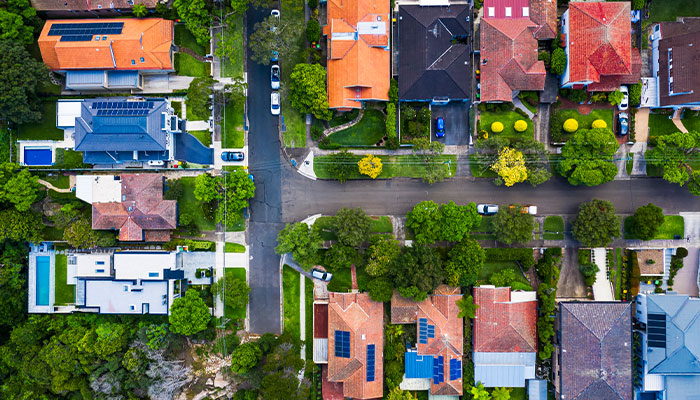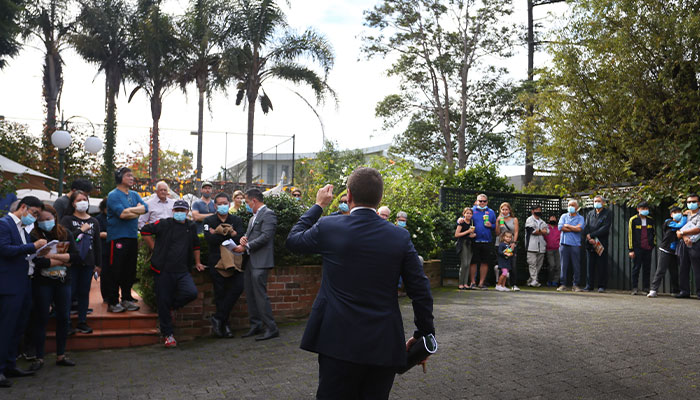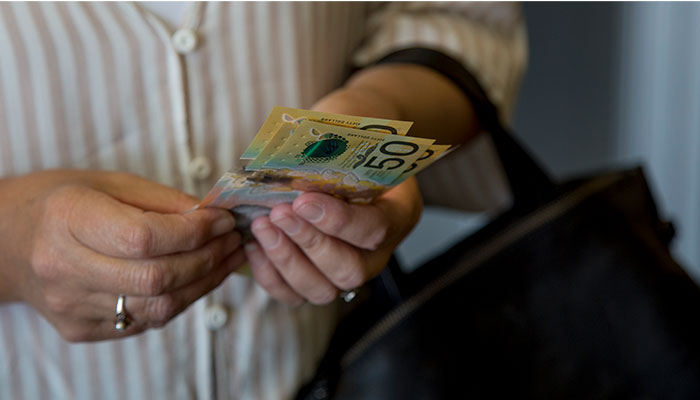A new website allows policymakers and consumers to see at a glance when a housing market is in the grip of a speculative bubble.

House hunters: The new website is taking the temperature of real estate markets across Australia including Sydney, where prices are at record highs.
The Housing Fever website (see it here) uses modelling developed by Professor of Economics Shuping Shi of Macquarie Business School and Sterling Professor of Economics and Statistics at Yale University, Peter C.B. Phillips that provides real-time bubble indicators for housing markets in the eight Australian capital cities and six primary New Zealand regions.
Shi and Phillips’ temperature-taking model benchmarks real estate prices against housing and macroeconomic fundamentals such as rents, interest rate, income, and housing supply to provide a statistical mechanism for assessing the existence and degree of speculative behaviour.
“In constructing the website we basically want to contribute to the ongoing policy debate regarding the recent fast expansion in housing prices,” says Shi.
While the interest rate is at its historical low and housing supply has dropped substantially in some cities, they cannot fully explain the fast-rising house prices.
“What we worry about, and what policymakers would have in mind, is the long-term impact of a prolonged expansion of house prices. Can young people afford a house without substantial financial support from the older generation in the future?
“Also there is the issue of wealth inequality, because the people who have houses experience a substantial increase so that over the long term, their wealth will accumulate a lot faster compared to people who missed out and cannot enter the market.”
- COVID confusion: Authorities need to do more than stab in the dark
- A literacy miracle: How the right school changes Jayden's life
In some cities, price to rent ratios – a key indicator of housing affordability – have witnessed double-digit growth in a single month, causing concerns for the general public and policymakers, Shi says.
Right now, the website’s latest analysis based on March quarter figures shows that the Australian market overall is in a speculative bubble, as is Sydney, Melbourne, Brisbane, Adelaide and Canberra. It started the earliest in Brisbane and Sydney (September/October 2020), followed by Canberra (December 2020).
Factors that make housing prices go up
The model involves determining what Shi and Phillips call the fundamental and non-fundamental components of house prices.

Suburban dream: Bubble conditions are created when people decide to purchase based on future expectations about the market, Professor Shuping explains.
Price increases in the housing market would, in a normal market, be attributable to factors such as a drop in housing supply, lower interest rate, and rising rents and wages which motivate people to buy their own homes.
However, at a time when rents are going down and wages are stagnant, the explosion of demand in the housing market being seen across Australia, is down to something else,
“While the interest rate is at its historical low and housing supply has dropped substantially in some cities, they cannot fully explain the fast-rising house prices in some cities,” says Shi.
The expectation of a ‘large and almost certain’ profit like a magnet attracts a lot of people entering the market.
“The fundamental component includes price increases driven by dropping housing supply. It also reflects purchasing decisions driven by rising household income, decreasing interest rate, which means a house becomes more affordable, or rapidly increasing rent, which means buying becomes a more attractive alternative than renting.
“The opposite side of that is the non-fundamental component. People decide to purchase now, not because they need the house immediately, but because they worry that the price will increase faster than what they can afford in the future. This is similar to ‘panic buying’.”
When profit-seekers jump in
The second non-fundamental component involves people going into the market purely for speculation purposes, and not because they need a house now or in the future – in other words, investors counting on a ‘large and almost certain’ profit down the track, Shi explains.

Going, going, gone crazy: An auctioneer at work during a crowded Sydney auction in May this year ... Professor Shuping's modelling breaks down the components behind the explosion of demand in the housing market.
It is the rate of expansion in the non-fundamental component of the house prices that Shi’s model uses to identify housing fever.
“The expectation of a ‘large and almost certain’ profit like a magnet attracts a lot of people entering the market. Together with the ‘panic buying’, they lead to a substantial jump in housing demand and hence an explosive expansion of housing prices.” she explains.
“That is what we identify on the website and what we are aiming to provide is some insight into what is actually going on in the market, whether it is due to the fundamental demand, or driven by these other types of demand.”
- Please explain: What is seasonal affective disorder?
- How athletes prepare for an Olympics without supporters
While the website is primarily aimed at providing independent modelling for policymakers, Shi says it also useful for consumers making a decision to buy, because it will show them whether they are buying during a bubble, and therefore if they can expect a big chunk of the price will be due to the exuberant expectation of market participants.
It is also a risk indicator that policymakers could decide to act to prick the bubble, so that house prices could potentially come down or level off, says Shi.
The website shows when a bubble started and therefore how long it’s been going on. As to how long a bubble will last, Shi says it’s virtually impossible to forecast.
“It’s very different for different markets,” she says. “Forecasting a bubble crash is usually mission impossible because it needs a trigger, which will usually be a policy decision or a significant event that could alter market participants’ expectation.”

Dr Shuping Shi (pictured) is a Professor in the Department of Economics at Macquarie Business School.



